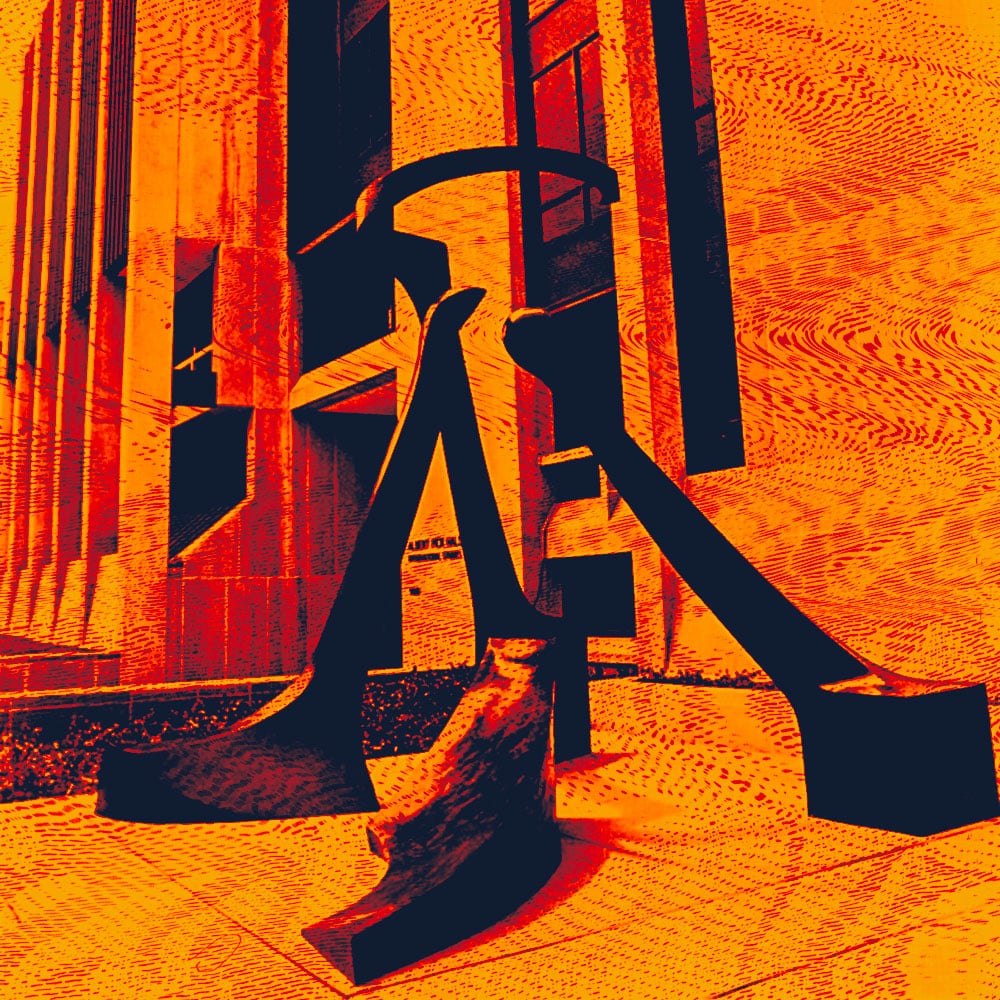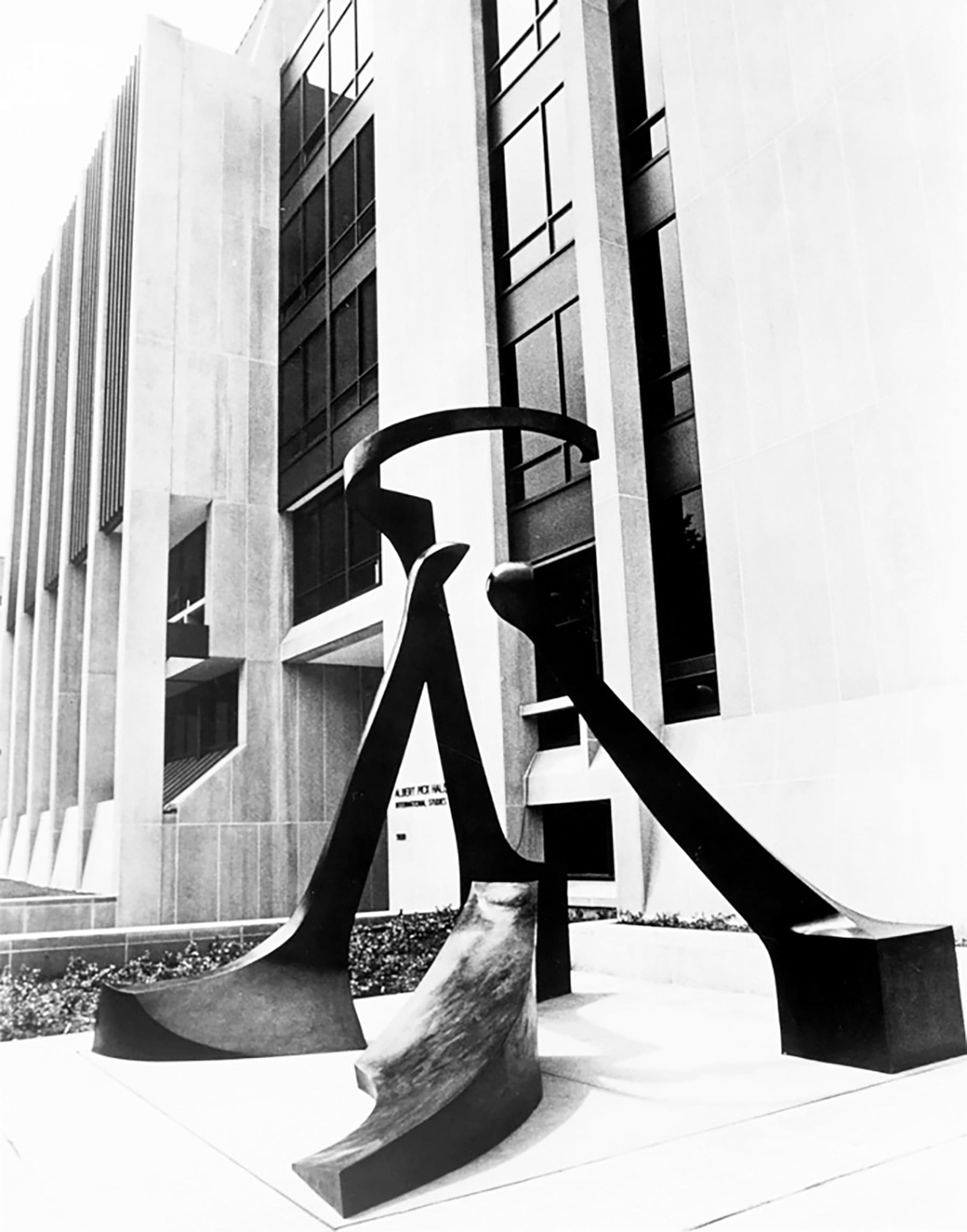The Mystery:
Is there a hidden political message in the shadow of a University of Chicago sculpture?


Does a University of Chicago sculpture cast a shadow of a hammer and sickle? Geoffrey Baer speaks with the artist to get the answer.
Legend has it that if the sun is shining on May 1, a sculpture located on the University of Chicago campus casts a shadow in the shape of the Communist symbol of a hammer and sickle. But as Geoffrey Baer discovered straight from the source, the legend is not true. Sculptor Virginio Ferrari, who created the sculpture entitled Dialogo in 1971, told Baer in no uncertain terms about the legend, “That is a stupid thing.” The Italian-born artist moved to Chicago to work at the university as an assistant professor and artist-in-residence in 1966 during the Cold War with the Soviet Union. “I was very happy to be here,” Ferrari said. “I would do something to be against this country? It doesn't make sense.” Instead, the 15-foot-tall, bronze-and-limestone sculpture is meant to represent “universal dialogue” and “international understanding,” according to the university. There are four elements in the sculpture. Two, tall figures seem to reach out toward one another, and a shorter figure “represents a wave of water that keep[s] together all the continents,” in Ferrari's words. The two taller elements are dialogue with one another, and that dialogue is protected by a halo. From certain angles, that halo is what some people have mistaken for a sickle. But as Ferrari told Baer, the sculpture wasn’t originally planned to be oriented in its current position, so it wouldn’t have even cast the controversial shadow.



